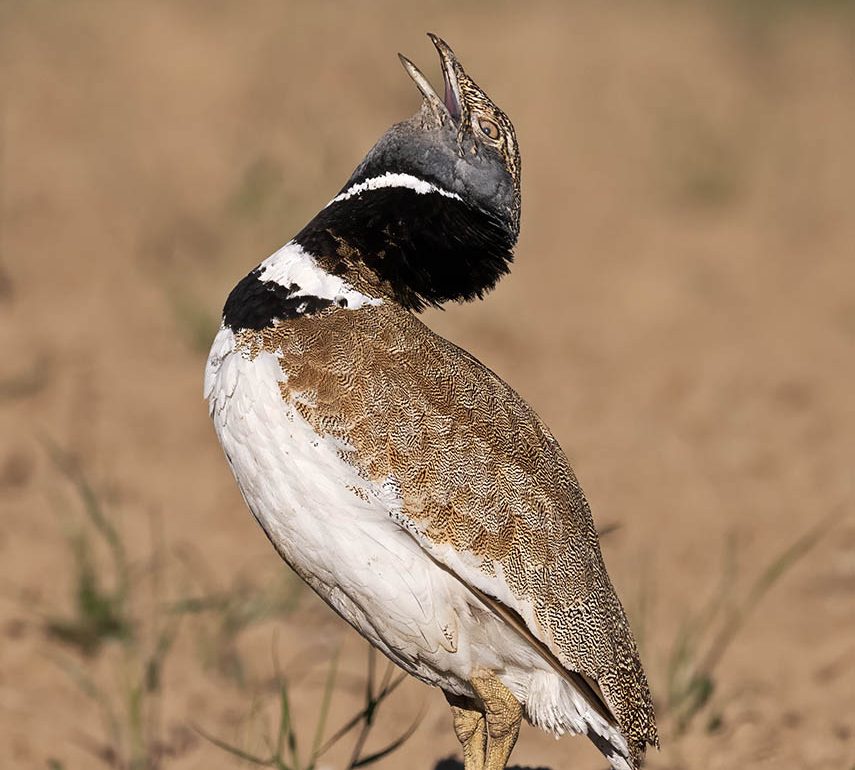
A few weeks ago, I wrote about the lekking display of the Great Bustard (Otis tarda). A month has gone by and these great birds are now settling down to nesting duties. April is the turn of its smaller relative of the plains – the Little Bustard (Tetrax tetrax) – to do its display.
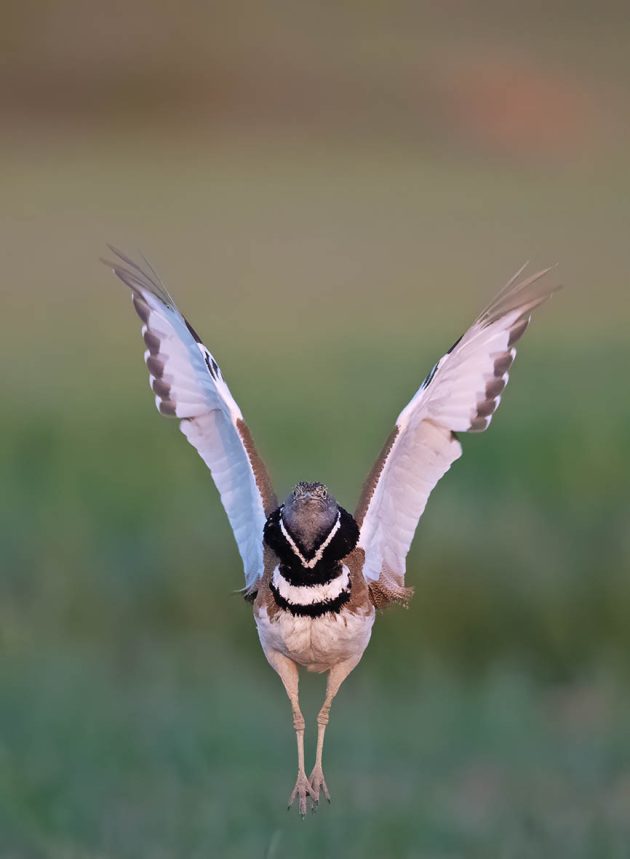
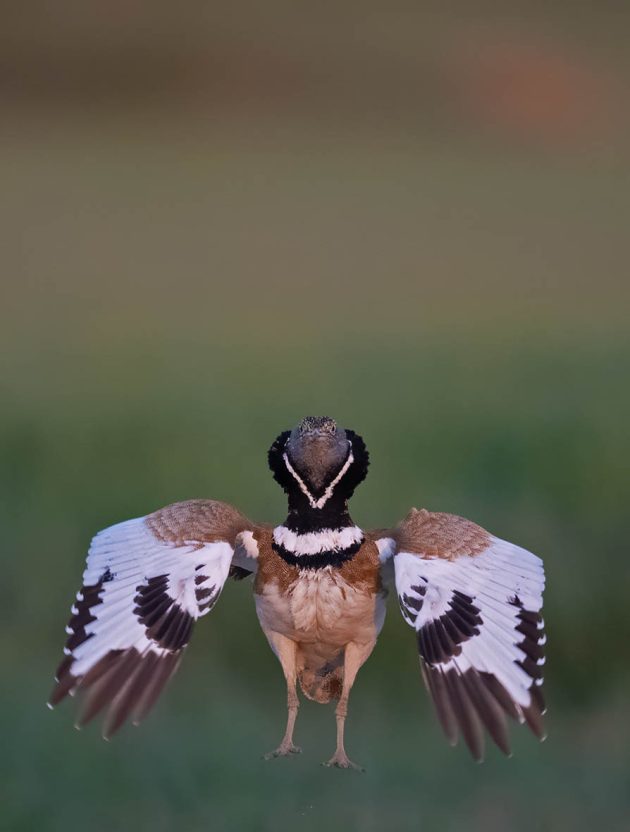

In contrast to its larger cousin, the Little Bustard has a fixed lek. That is helpful if you want to photograph this bird. Establish where the lek is, which takes some effort, and you should be ready to set up. Your position always has to be east of the lek. Why? Because Little Bustards perform their jump display facing the sun. They only do this during the first hour after sunrise so they face eastwards. That should be it.
Not necessarily. I have been waiting for them to start displaying, being in place well before sunrise and hearing their calls without seeing the birds, in anticipation of an hour’s worth of photography, and then…you realise the wind is blowing from the west and you have a problem. Little Bustards jump facing the sun in calm conditions. With wind, they will jump into the wind. So, a morning with westerlies produces many photographs, all back views of jumping Little Bustards!
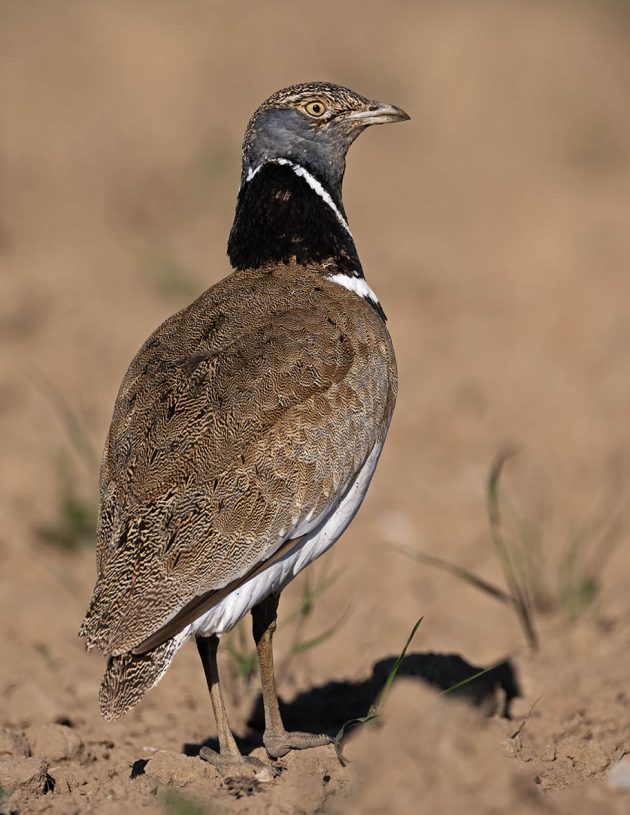
I recall an occasion when I was set up in front of a lek. It was raining but I hoped it would stop. It didn’t. Little Bustards don’t jump when it rains. I sat with my boots in the mud and the male appeared, doing its best to give its call. I knew it wouldn’t jump. I made the most of what I got, with one photo which I entitled “singing in the rain”!
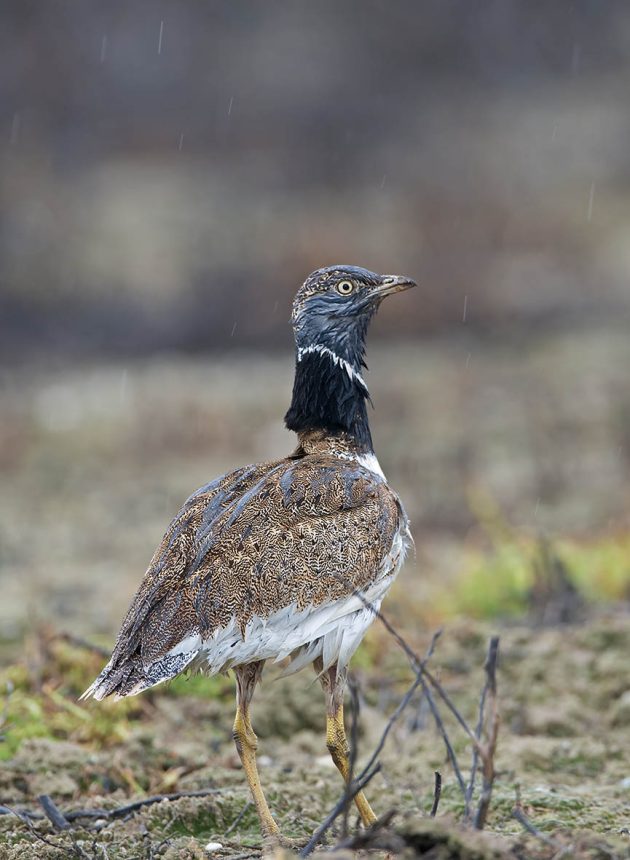
Getting the jump isn’t easy. The birds are fast and you have to cater for the entire height of the jump. A bending backwards of the neck as it utters its call is the only clue that its about to jump. After a while you get the hang of it but, with only an hour to work with, you have to learn fast.

Sometimes you get lucky. On one occasion, a hot morning, the male after an hour’s jumping, decided to seek the shade. It walked towards me, each time closer and closer, and proceeded to sit right by my hide, using the shade it provided. It stayed, a couple of feet from me, for another hour, too close at that point for any photos. Mercifully, it moved away and I was able to get out of the hide, where I was starting to bake! But what an experience, being that close to this special bird.
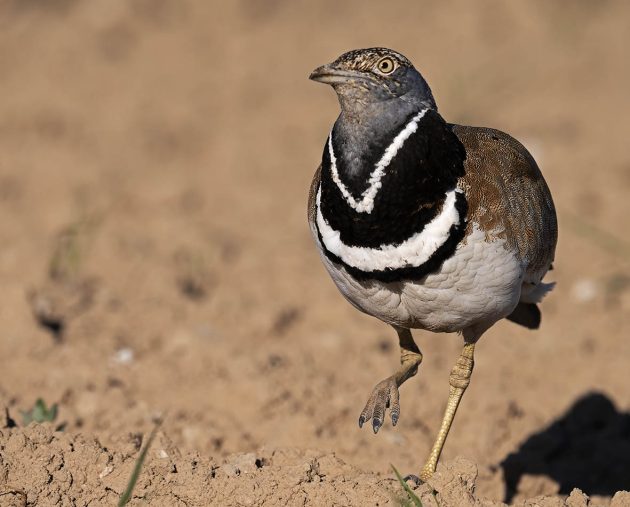
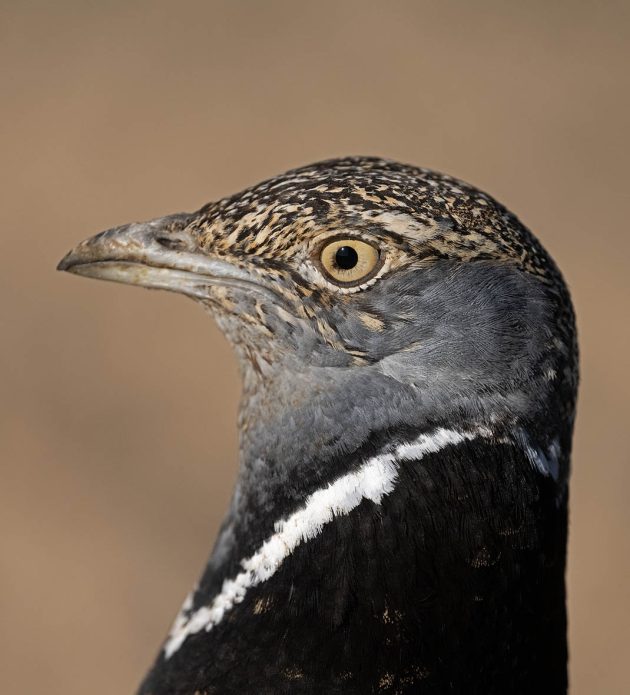

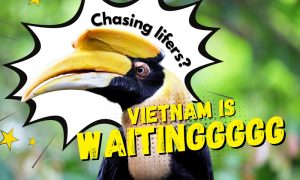
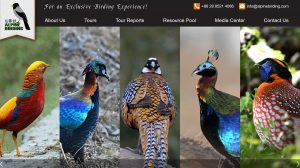
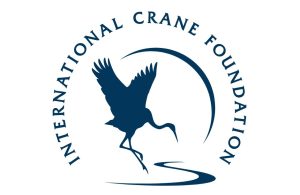
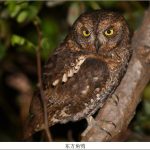
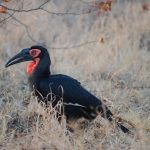
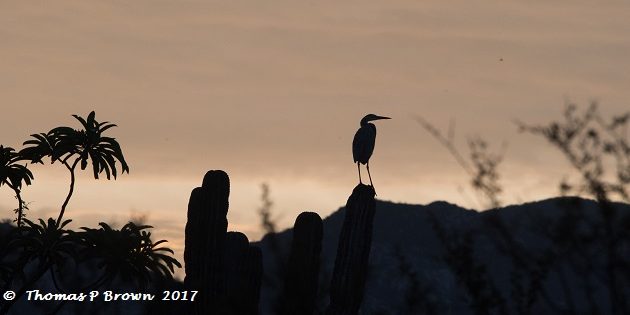
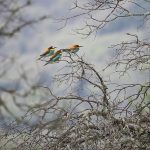
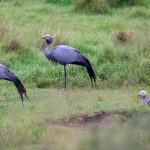


Leave a Comment